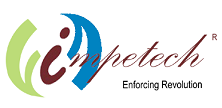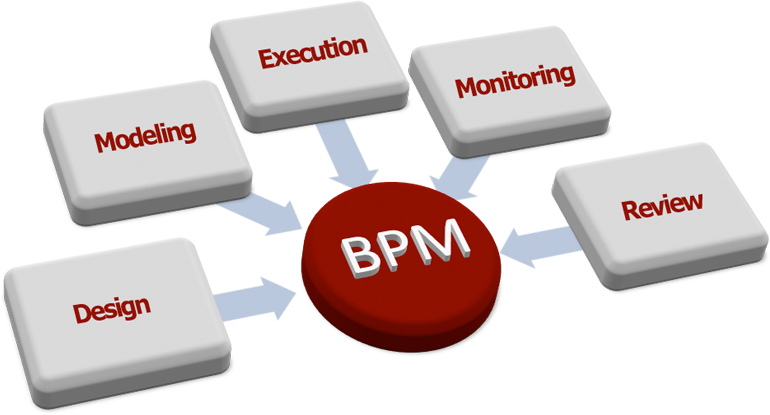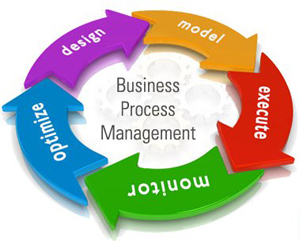

Business Process Management
BPM - Technology Consulting Team
|
|
|
|
||||
|
|
|
|
||||
|
Business Process Management: Onboarding Process
| Business Problem: | ||
New hire on-boarding is a cross-functional, time-consuming, and often highly-manual process. We use BPM to automate and accelerate the steps within departments and to facilitate the process hand-offs between departments. In fact, it even starts before on-boarding: we use BPM to manage the complete lifecycle of recruiting from prospect intake through interview through offer. Appropriate handoffs are then automatically made to HR for employee on-boarding. Process Players: Recruiting, Human Resources, Finance, Executive Management, Department Supervisors, IT, New Hire Process Steps: Hand-offs from Recruiting go to HR for automatic pre-processing, which kicks out sub-processes for things such as all IT provisioning, delivering new-hire paperwork, alerting Finance for benefits processing, and scheduling an introductory Supervisor meeting. These steps segue into follow on processes, such as filing final paperwork, creating employee photos, badges and business cards, alerting our intranet team to post new information in the employee directory, and getting the new hire into our PeopleSoft ERP system. |
||
| Process Benefits: | ||
Tremendous reduction in time and effort required to process new hires, and enforcement that all key steps are completed. The end result is that employees are up and running as self-sufficient, productive members of our team faster.The Only truth is change Business process management provides governance of a business's process environment to improve agility and operational performance. Gartner research focuses on a structured BPM approach employing methods, policies, metrics, and software tools to continuously optimize an organization's activities and processes. Every organization has their very own distinct business processes which differentiate them from their competitors. Some companies have predefined processes while some have processes which are defined by the employees themselves. Looking at the changing world, every organization has to change the process, strategies to grow. |
||
| BPM solutions can be leveraged to easily create applications, automate processes such as: | ||
| • Rapid Application Development • Change Management • Quality Control |
||
| After developing and deploying composite process applications using a BPM suite, an organization is better equipped to respond to business change. In the short term, BPM helps companies improve profitability by decreasing costs and increasing revenues. In the long run, BPM helps create competitive advantage by improving organizational agility. | ||
| • Increased process efficiency/productivity | ||
| • Continuous process improvement | ||
| • Improved process quality/consistency/compliance | ||
| • Cost reduction | ||
| • Increased customer satisfaction | ||
| • Better reporting of process performance | ||
| At first glance, BPM seems to deliver the same major benefit as traditional enterprise application technology like ERP: increased workforce productivity (as a result of streamlining business operations and automating repetitive tasks). BPM suites, however, go far beyond creating efficiency. Knowledge sharing capabilities and a collaborative portal help improve decision-making. Process performances reports help optimize workflows. Notifications and triggers help reduce errors and eliminate waste. And an intelligent rules engine enforces best practices. Thus, BPM suites not only help organizations increase workforce productivity, but they also improve product quality and reduce corporate risk. The result? Within months of deployment, these improvements deliver substantial cost savings to companies. | ||
| As BPM has its own world and has typical naming conventions techniques like: | ||
| • Business Rule Engine UML | ||
| • BPMN | ||
| • Business Activity Monitoring | ||
| • Portal | ||
| • ESB | ||
| • ECM | ||
| • Process Flow / Work Flow | ||
| • Release Management / Version Control mechanism | ||
| • Regulation / Exception | ||
| • Reports PKI / KPI | ||
| • Simulation | ||
| While decreased costs and increased revenue are the two most immediate and tangible benefits of business process management, the real value BPM delivers is intangible. In the long run, composite process applications built with BPM suites help organizations become more agile. Intelligent rules ensure that processes adapt automatically to changes in the business environment. Collaborative tools bridge department boundaries while improving and speeding decision-making. And in-flight process modifications accelerate response to change by dynamically rerouting processes in real time. With these capabilities, a company is better equipped to switch gears and respond to its changing business environment - faster than its competitors ! | ||
There are number of BPM Tools available in market, |
 |
|








